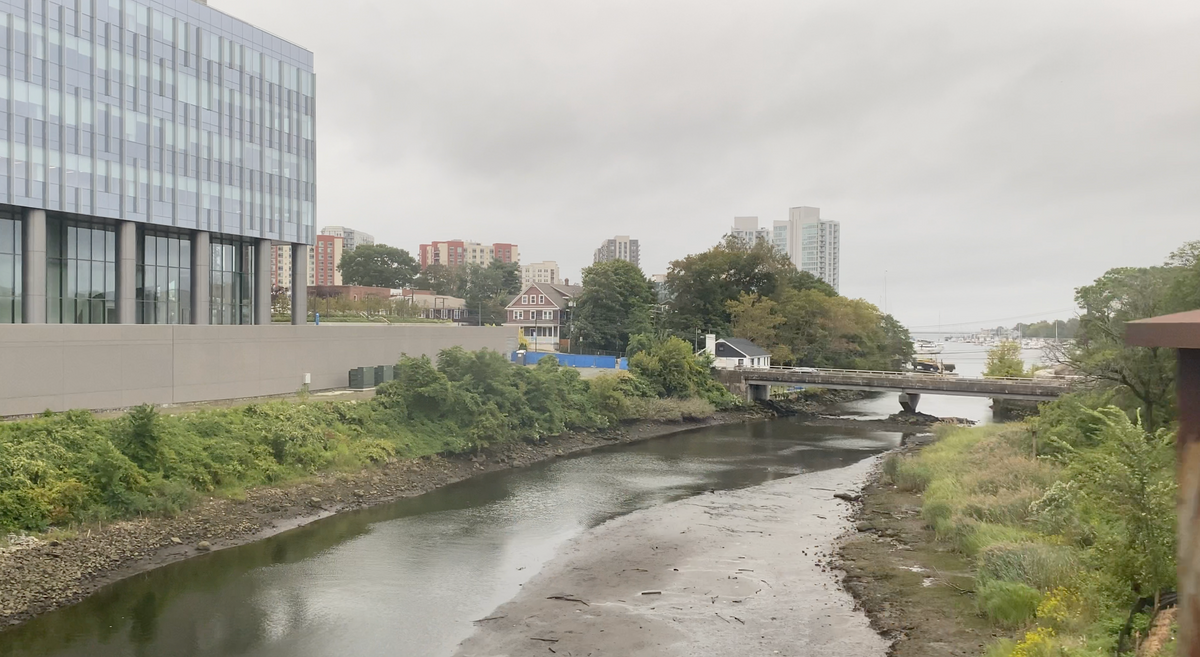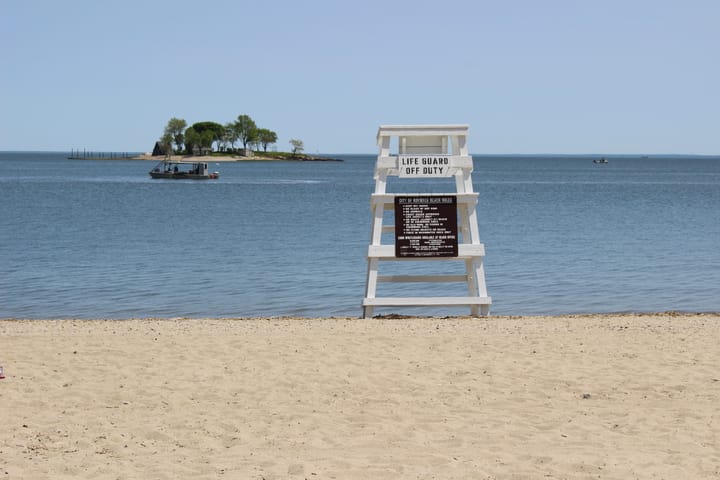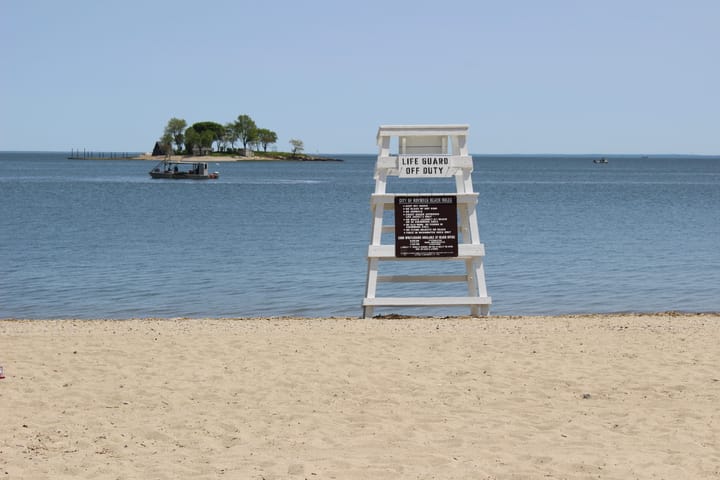Southwest Connecticut Receives Grants for Climate Change Efforts
More than $1.5 million of state grant funding is going to Stamford and Norwalk for climate-related plans and projects.

In an effort to help combat the effects of climate change, Connecticut awarded almost $9 million in grants through the Department of Energy and Environmental Protection’s Climate Resilience Fund.
“Connecticut is already playing a leading role in addressing the challenge of climate change because making those investments means healthier people and a healthier environment, as well as new business opportunities,” Governor Lamont said in a statement. “Planning for climate resilience requires preserving and protecting what we love about this state so that we can continue to be a great place for families with clean air and water and thriving communities.”
The grants are the latest climate change-related efforts in the region, which have included other resolutions, plans, and actions across the region.
More than $1.5 million of that funding is going to Stamford and Norwalk for climate-related plans and projects. The funding is broken down into two categories—resilience planning grants and resilience project development grants.
Norwalk is set to receive $246,283 in funding for resilience planning.The funding will support efforts to “develop a citywide flood resilience work-plan to prioritize and execute resilience strategies, related land-use planning, and identify site-specific projects to mitigate climate impacts. The plan will also provide a framework of nature-based solutions that, if implemented, will increase community resilience and improve water quality.”
Stamford received a $210,750 resilience planning grant to develop “a neighborhood-level plan for the Downtown, West Side, and Waterside neighborhoods” that will aim to address “heat risk and resilience, identify longer-term planning, policy, and regulatory strategies, and develop near-term actions to complement ongoing emergency preparedness and response efforts.”
Stamford also received two resilience project development grants. The first is for $481,125 that would go toward “modeling, identifying alternatives, and developing conceptual designs for reducing stormwater flooding in the Cummings Pond watershed in the Cove and East Side neighborhoods.”
The second is for $598,125 that will go toward evaluating “flooding issues in the Toilsome Brook watershed, specifically in the Ridgeway-Bullshead, Turn of River-Newfield, and Glenbrook-Belltown neighborhoods, and developing concept-level flood mitigation recommendations that will include drainage system improvements, stream daylighting—or physically uncovering and restoring part of the stream,—and relocating or elevating structures and infrastructure.”
Last week, Stamford Mayor Caroline Simmons and Katie Dykes, the commissioner of the Connecticut Department of Energy and Environmental Protection held a press conference to highlight the impact of these grants.
“As a coastal city, Stamford is acutely aware of the impacts of climate change, and my administration is committed to creating a more resilient and sustainable community now and in the future, which is why I signed an executive order on climate change earlier this year,” Simmons said. “The funding for these three projects helps further these goals and I’m grateful for the state’s partnership and focus on supporting municipalities across Connecticut as we work to become a more green and resilient state.”
Dykes said that the state has already seen the impacts of climate change, particularly this summer with wildfire smoke and extreme flooding affecting many communities.
“With grants to support 21 innovative climate resilience plans and projects across 17 Connecticut municipalities and councils of governments, we are partnering with communities to become more resilient and help propel them to the front of the line for federal resilience construction grants,” she said.
As Dykes noted, the goal of the grants is to not only provide some funding to support the planning and development of these climate resilience projects, but also to set the projects up to be competitive for federal funding to support their construction.



